Il Ruanda è una nazione molto piccola situata nell’Africa centro-orientale. Non ha sbocco sull’Oceano ed è un territorio prevalentemente montano – la catena più alta è quella di Virunga (2700 mt slm). Il grande lago Victoria si trova a 300 km dal confine della nazione, a est, e non fa parte del suo territorio. Ma la parte occidentale del Ruanda comprende un altro lago, il Kivu. Molti fiumi attraversano questo Paese e alcuni di essi sono affluenti del fiume Congo.
Una “nazione d’acqua”, quindi, il Ruanda. Con un clima equilibrato, sebbene si trovi nella regione più calda dell’Africa, lungo la linea dell’equatore. È bello esplorare questa terra, nelle fresche temperature tipiche dei luoghi di montagna. Le piogge sono abbondanti a marzo, aprile e maggio e in autunno, ma non ci sono vere stagioni afose. I safari qui mostreranno principalmente montagne, foreste, fiumi e incredibili parchi naturali che proteggono animali e rocce secolari.
La natura in Ruanda
Molte riserve protette attirano turisti da tutto il mondo, in Ruanda. I più importanti sono sicuramente: l’Akagera National Park, nel nord-est della nazione al confine con la Tanzania, e il Volcanoes National Park (Parco Nazionale dei Vulcani) a ovest. Akagera si estende per oltre 900 kmq su un territorio di foreste pluviali, savane, montagne e molti piccoli laghi. Questo è il posto migliore per il safari, perché ammirerete elefanti, bufali, topis, impala, antilopi, rinoceronti neri, ippopotami e coccodrilli. Qui vivono anche leoni, leopardi, giraffe e iene. Nel cielo ruandese volano oltre 500 specie di uccelli.
Il Parco Nazionale dei Vulcani è molto piccolo (130 kmq), ma pieno di meraviglie! Comprende alte montagne e foreste sulla catena dei Virunga. E ovviamente i vulcani. I vulcani sono cinque, di cui due “dormienti” (monte Karisimbi e monte Gahinga), mentre gli altri sono e-stinti (monti Bisoke, Muhabura, Sabyinyo). Sono tutti molto panoramici, però, e interessanti da esplorare. Qui vivono bufali, uccelli, iene ma soprattutto i bellissimi e famosi gorilla di montagna.
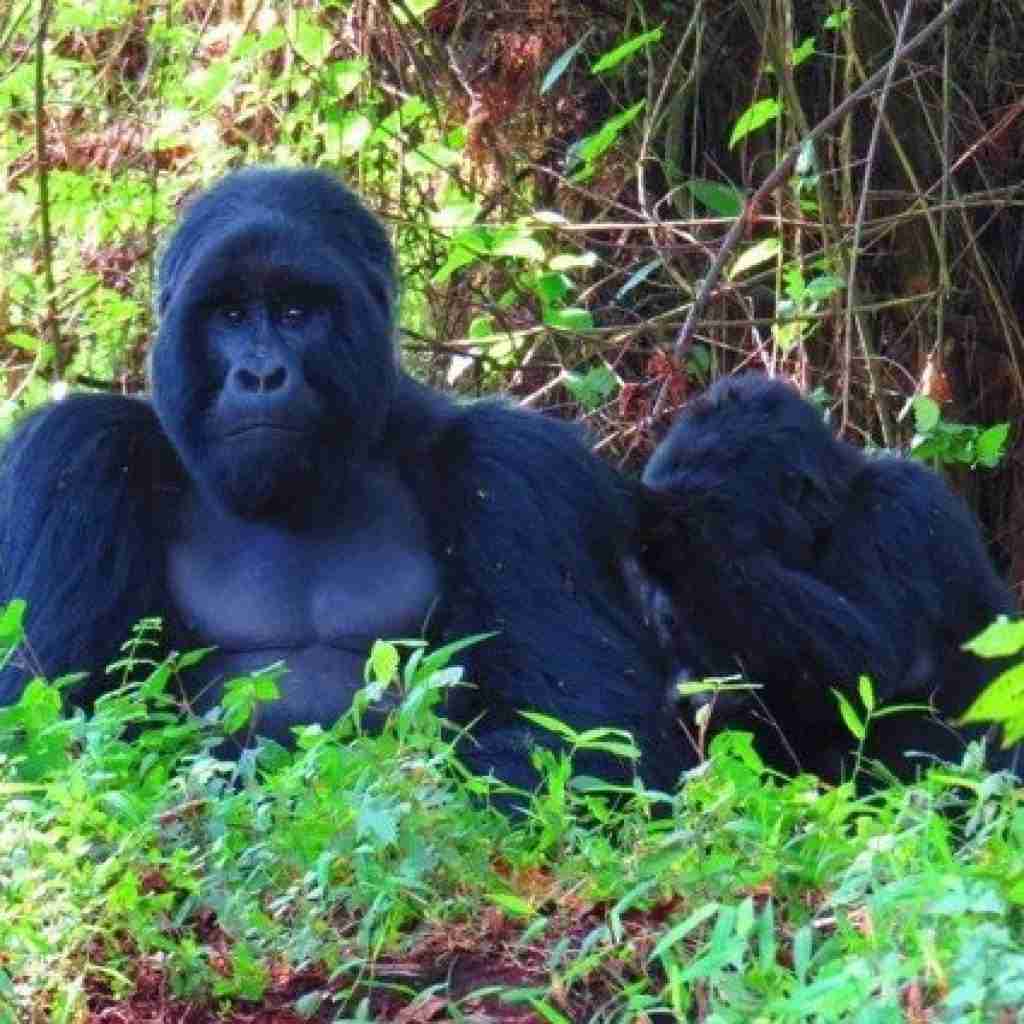
La vita in Ruanda
Il Ruanda è principalmente una nazione rurale, la maggior parte della popolazione vive in campagna, sulle montagne, in piccole città e villaggi. Le grandi città sono i capoluoghi delle province e la più grande è la capitale nazionale Kigali – 1.132.000 abitanti. Altre città “grandi” sono anche Butare, Ruhengeri e Gisenyi, nessuna delle quali supera i 90.000 abitanti!
Ci sono due aeroporti principali in Ruanda: l’aeroporto internazionale di Kigali, a Kigali, e l’aeroporto internazionale di Kamembe, che serve le regioni occidentali. Ma i turisti possono anche atterrare all’aeroporto di Butare. Le strade e le ferrovie sono in pessime condizioni, quindi le persone usano principalmente gli aeroplani per spostarsi. Grazie al Lago Kivu sono possibili trasporti e commerci via acqua, ma solo da e per la vicina Repubblica del Congo.
Maggiori informazioni
Il Ruanda è una Repubblica, il presidente – che mantiene la carica per sette anni – ha la mag-gior parte del potere. La nazione è divisa in cinque province: settentrionale, orientale, meri-dionale, occidentale e Kigali. Le persone parlano e capiscono sia l’inglese che il francese, ma usano principalmente le lingue locali, come lo swahili.
Per entrare in Ruanda dovete avere: passaporto valido fino a sei mesi, visto autorizzato, due foto, biglietto di ritorno e vaccinazione contro la febbre gialla. È meglio che abbiate anche un’assicurazione sanitaria sicura perché gli ospedali in Ruanda non sono organizzati e non tutti i medicinali sono disponibili. La tecnologia è tutt’altro che conosciuta e la connessione a Internet crea molti problemi.
(traduzione dall’inglese Grazia Musumeci)
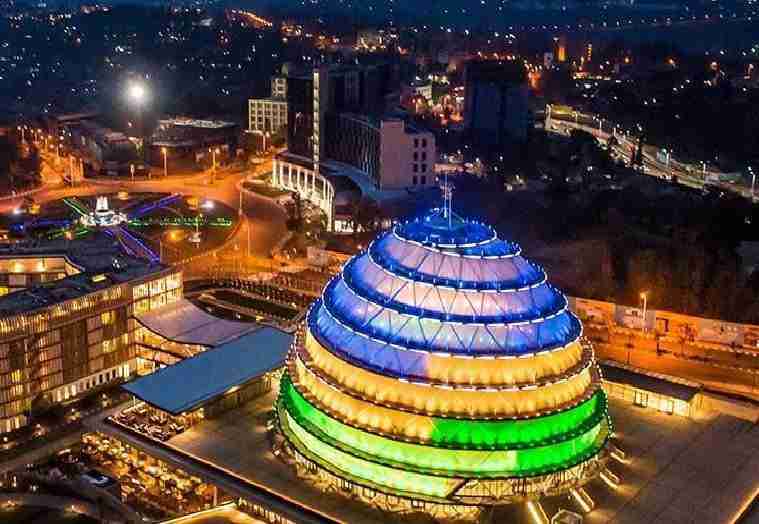


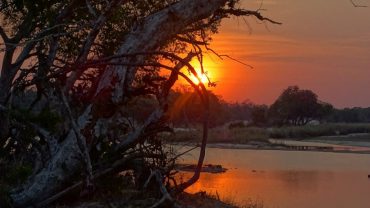
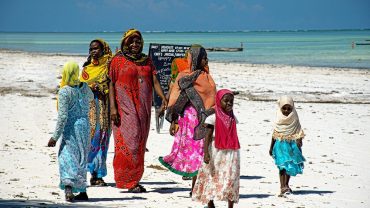
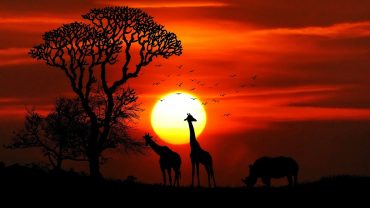
Comment (0)